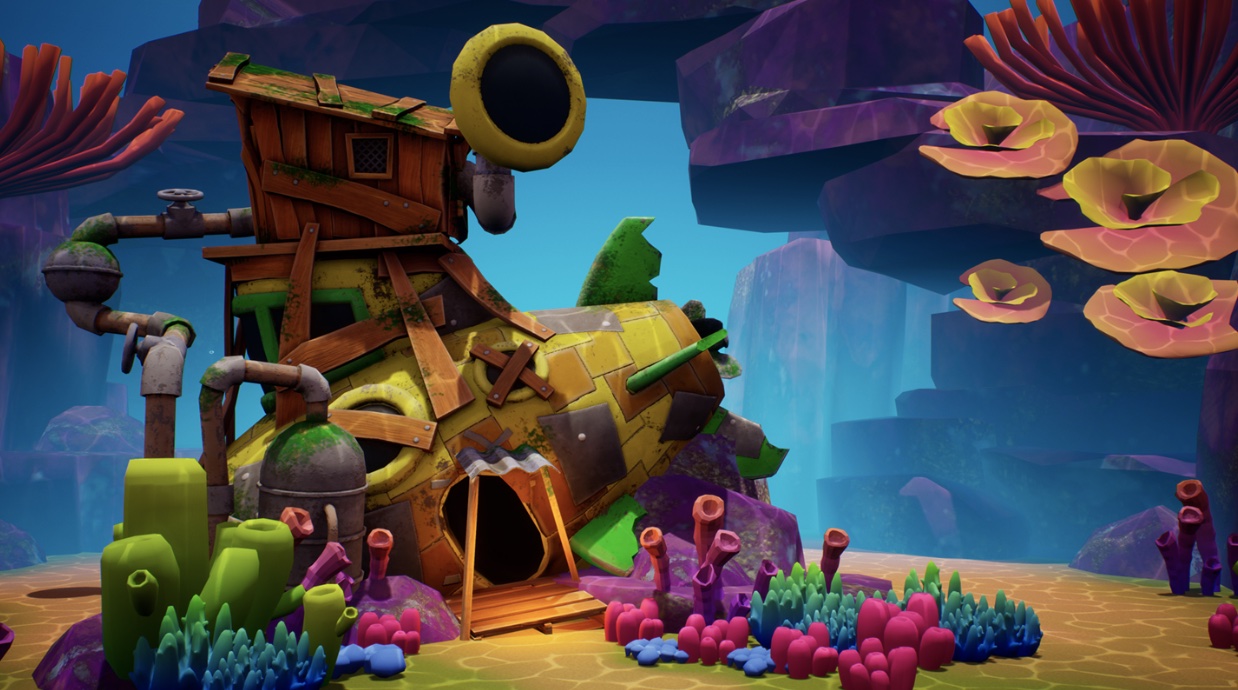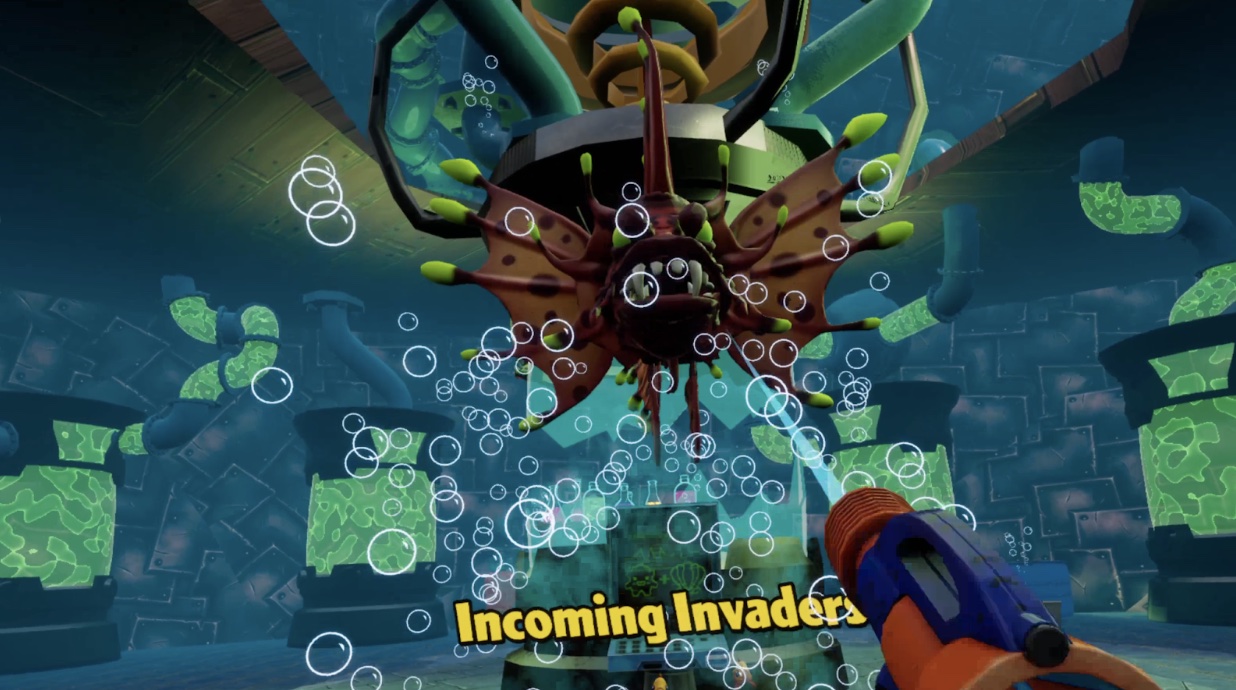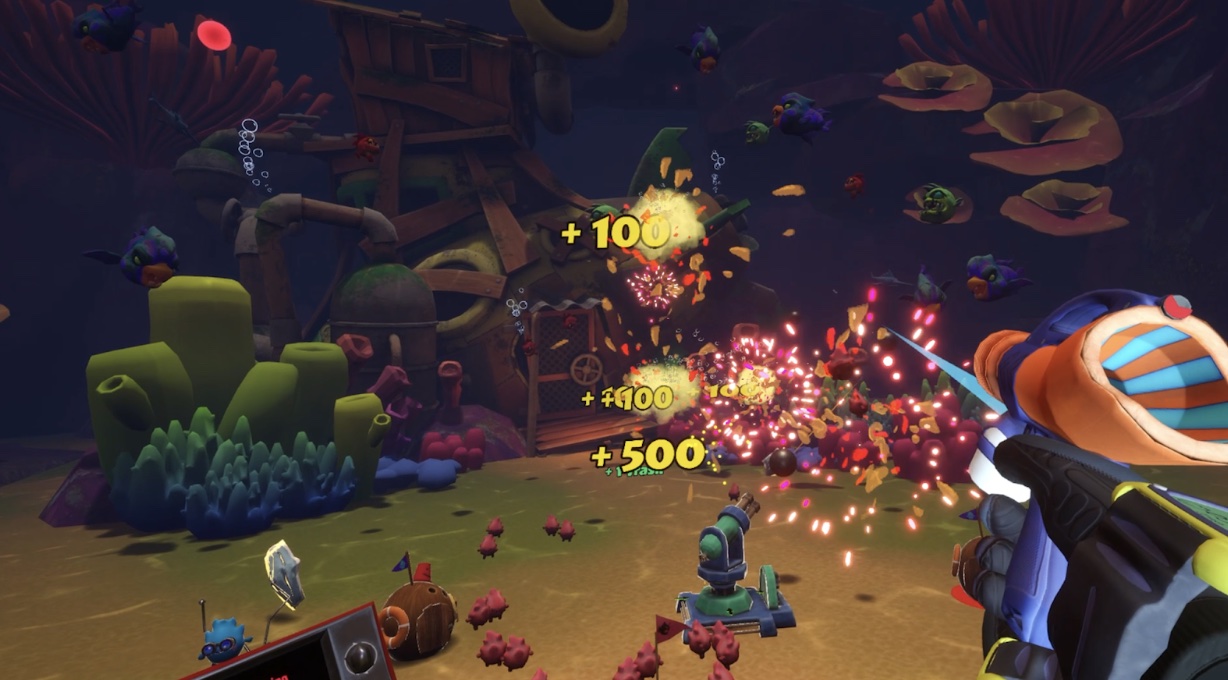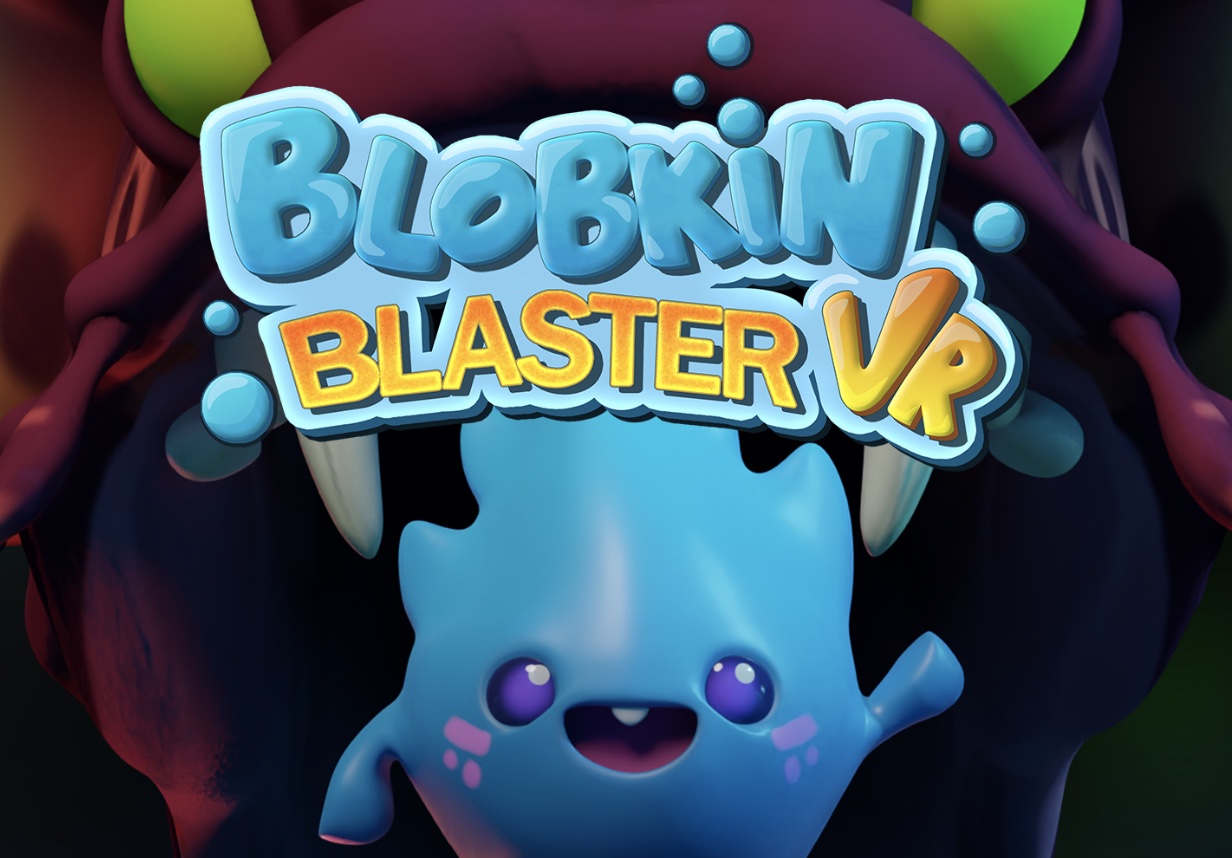Affogata works with industry-leading gaming companies, helping them leverage the power of player feedback. However, we are always amazed by the creativity and awesomeness of Indie games, how Indie developers and designers come up with new games, and how they collect feedback for their games. For that reason, we decided to create a new series where we showcase Indie games and interview creators to learn from them.
Welcome to Affogata’s Indie Spotlight series covering the hits of tomorrow, before they know they are.
Meet ‘Blobkin Blaster’.
A fast-paced underwater VR wave shooter game where you defend the ocean against an onslaught of monsters from deep. It was inspired by David’s and his wife’s many years of Scuba diving admiring the coral reefs of the Florida Keys – and also witnessing all the trash that is being thrown in them! They wanted to find a fun and unique way to clean up the environment, show the underwater world, and encourage people to learn more about this world. Let’s see what David has to say:

When asked about the creative process of coming up with a new game:
There’s no easy answer to this, so we take the easiest path we know: just start playing around. Load up Unreal, pull up a whiteboard, and start playing around. Working with your hands always has yielded the best results with us, and accepting that it is an iterative process. Ray Dalio’s loop is a handy way to imagine the process. We start with a few broad-based ideas (what we would love to try, what inspires us) and just start playing around.
There’s also an acceptance that this idea may not be the right one, at the right time. This is hard for new developers especially because you’ll go down a road thinking you’re getting somewhere only to realize it is in fact nowhere and you have to backtrack and start from scratch. It can be very frustrating and deplete your spirit! It’s just part of the process, so you start again.
How and from whom do you get your game design feedback?
Anyone who is willing to give it! The moment we have 5 minutes of gameplay we begin playtesting. It doesn’t matter how bad, crude, or unfun we think it may be – just start that process of iterating and playing so you can see if your ideas stick and are fun. It’s where the rubber meets the road and where your ideas get tested, and frankly, it is one of the funnest parts of game development.
How do you decide which player feedback to employ in your design?
We look for consistencies across a sample size. Did 30% of people say the same thing? Maybe we should look at that more and see what doesn’t work. We also try hard at capturing people’s screens and learning how they play. Screen recordings are by far the most valuable part of the feedback.

Once applying feedback, do you keep asking for more comments?
There becomes a point where you start locking things. Even if you’re not on a budget, we think it is very helpful to have hard locks where you have to make crucial decisions to persevere or pivot with your ideas. Having those gates helps you move onto the next phase, or perhaps kick it back a phase if the road you went down isn’t working. Anyways, at the next stage/phase of your development, your comment seeking/feedback can be more structured as you are tightening down on what you are looking for. A near-release game needs very different feedback than a just starting game.
What role does player feedback take in creating indie games and what does it look like?
Ultimately it’s our players and fans that are the driver of our business, so they should be #1. We may not always be able to achieve everything they ask us to do, but we do our best to.

How do you approach conflicting feedback from different gamers?
Like the above answer, you just juggle and take your pick. Trust your gut. There was a story about Lawrence Kasdan and J.J. Abrams working on Star Wars, walking and writing the script as they talked. They had one central goal: did it delight them? That was the ultimate test, if an idea or thought delighted them, then they had an idea that it was the right thing to do.
When it comes to conflicting feedback, we try to pass that delight test. Is there a direction that we feel is best? We’re artists, after all, so we just give it a shot and trust our gut!
If you could improve the way you gather feedback, what would you do?
The number one thing is getting more people in there to try and play. It’s always difficult. QA testing services often give us a list of bugs and things that don’t work; streamers and friends of the studio often give us emotional reactions of what they do like (and what they definitely don’t). You have to balance that and get as much of both as you can, technical and passionate, because between the two is where you’re going to find the truth of what you need to work on. Getting those people can be tough!
Subscribe to our blog to read more stories about amazing creators from passionate professionals.
